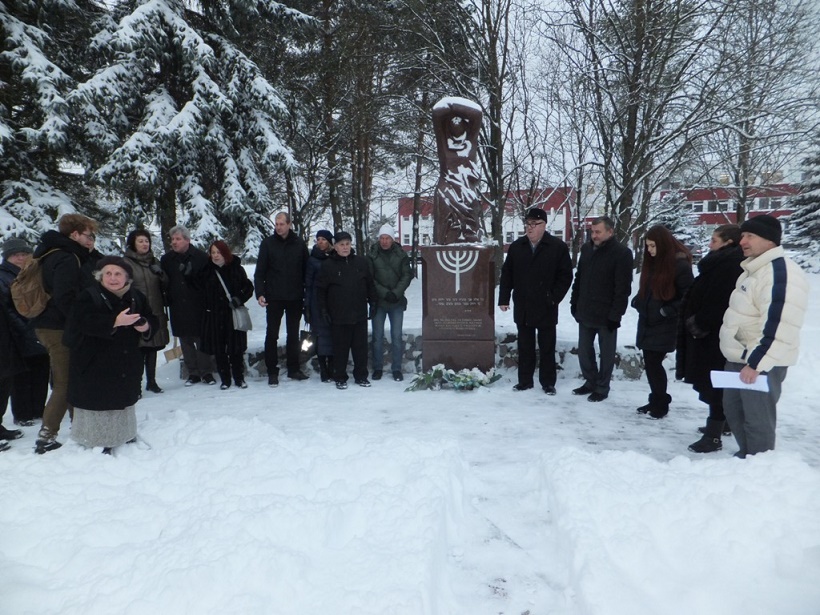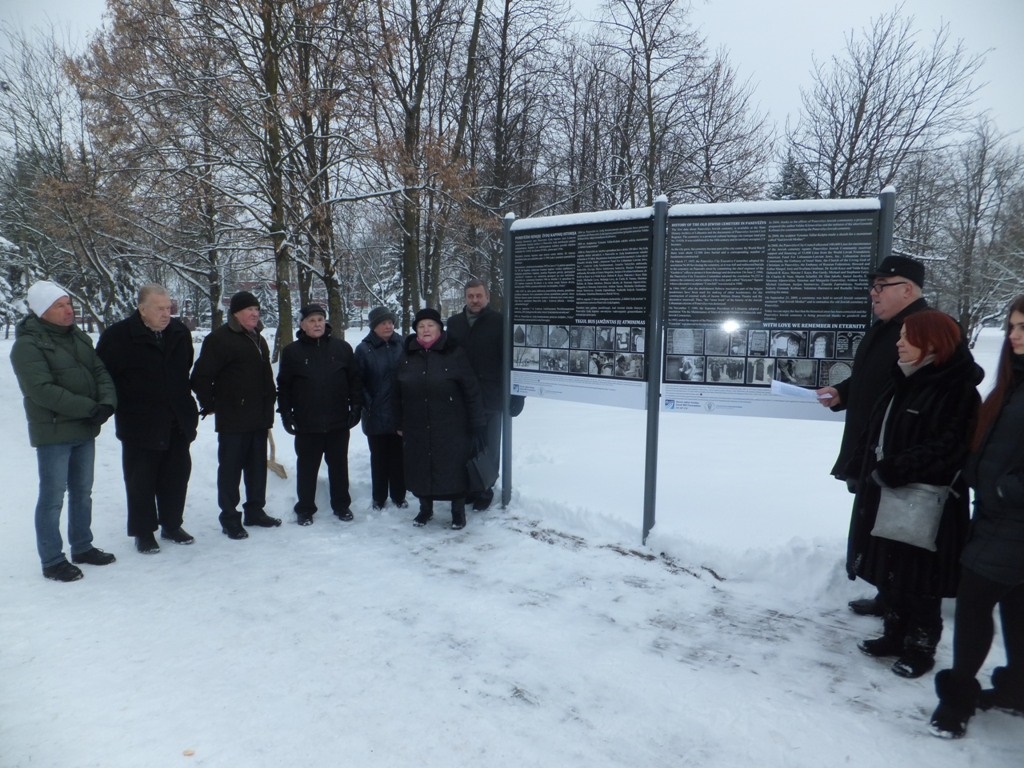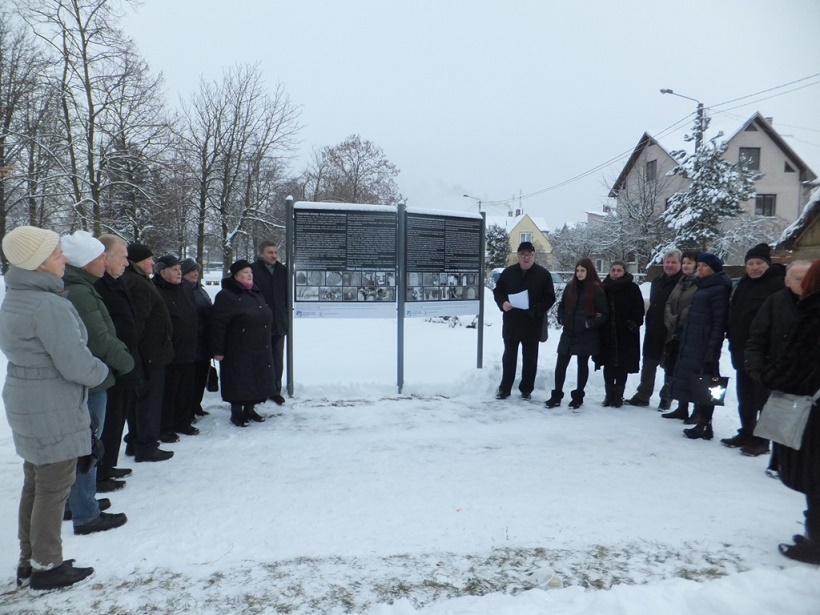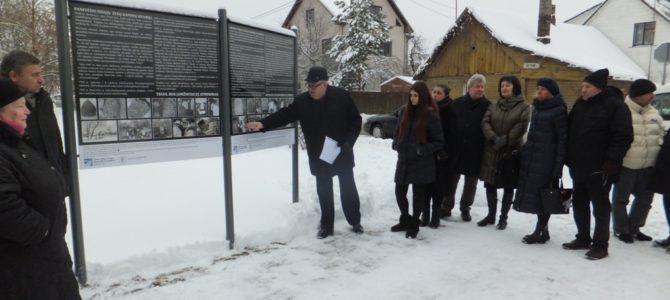The Panevėžys Jewish cemetery marked its 300th anniversary this December 18. It opened on the outskirts of the city back in the 18th century, on a plot of land bought by Jews who were moving to Lithuania. People of all different walks of life were buried there, including rabbis, scholars, businesspeople and farmers. During World War I Jewish volunteer soldiers who fought for Lithuanian independence against the Kaiser’s Germany were laid to rest there.
The cemetery expanded in the 19th and early 20th century. It is now listed on the Lithuanian cultural heritage registry as an historic monument and enjoys the protection of the state. Jewish burials ceased after World War II because there were so few Jews left in the city. The cemetery was closed in 1955. In 1966 city officials liquidated the cemetery and created a city park on the site. A fountain was placed in the middle of the cemetery. Headstones were taken and used for construction in Panevėžys, for building fences in the city center and also incorporated into a decorative wall at the J. Miltinis Drama Theater. Way back in 1980 there were attempts to correct the damage done; the fountain was moved to Senvagė leaving an open pit in the cemetery. The newly recreated Panevėžys Jewish Community and friends from Israel, the USA, South Africa and other countries called for fixing the damage in 1991, and in 2003 they all supported Panevėžys Jewish Community chairman Gennady Kofman’s idea to commemorate the dead with a statue. The architect Vytautas Klimavičius designed the ensemble and Panevėžys sculptor Vytautas Tallat-Kelpša made the statue which stands there today, “Sad Jewish Mother,” unveiled in 2009.
On December 18, 2018, an information board was unveiled in the Jewish cemetery. This idea was generated by members of the Panevėžys Jewish Community. The point of the display is to educate visitors on the history of the Jewish cemetery and to provide information to those seeking lost relatives and searching for roots. The Goodwill Foundation financed the manufacture of the information board.





